
In the realm of digital art, color plays a pivotal role in evoking emotions, setting moods, and creating captivating visual experiences. While a vibrant palette of hues can be incredibly impactful, there exists a unique charm and power in the simplicity of duotone, a technique that employs just two contrasting colors to create a striking and evocative effect.
The Essence of Duotone: A Symphony of Two Colors
Duotone, the use of only two colors in an image, offers a refreshing departure from the traditional full-color spectrum. By limiting the color palette, artists can focus on the interplay of these two tones, creating a sense of harmony, contrast, and emotional resonance that is often amplified in the absence of a wider range of colors.
Duotone
Duotone, the art of using two colors to create an image, is not merely a limitation; it’s an artistic choice that opens up a world of creative possibilities. By carefully selecting two complementary or contrasting colors, artists can imbue their digital creations with a unique emotional resonance, adding depth, dimension, and a touch of sophistication.
The Allure of Duotone: A Gateway to Artistic Expression
The appeal of duotone lies in its simplicity and versatility. By stripping away the distraction of multiple colors, duotone allows artists to focus on the interplay of light and shadow, emphasizing composition, texture, and the emotional impact of their work. It’s a technique that demands creativity and restraint, encouraging artists to explore the nuances of each chosen color.

The Alluring Charm of Duotone
Visual Simplicity: Duotone strips away the complexity of a full-color palette, allowing the focus to rest on the inherent beauty and emotional power of the two chosen colors.

Emotional Impact: The restricted color palette can evoke a range of emotions, from the warmth and nostalgia of sepia-toned photographs to the stark drama of high-contrast black and white images.
Surreal and Dreamlike Effect: Duotone can create a sense of otherworldlyness, detaching the image from reality and imbuing it with a touch of surrealism or dreamlike quality.
Duotone Techniques: A Palette of Possibilities
- Color Selection: The choice of two colors is crucial for establishing the mood and tone of the artwork. Complementary colors, such as red and green, create a sense of vibrancy and contrast, while analogous colors, such as shades of blue, evoke a sense of tranquility and harmony.
- Value Contrast: Convert your digital image to grayscale to prepare it for the duotone process. This step eliminates all color information, leaving behind a black and white representation of your image. The interplay of light and dark values within the two chosen colors is essential for creating depth and dimension in the artwork. Adjusting the brightness and contrast of each color can enhance the overall impact.

• Color Blending: Blending the two colors subtly can introduce subtle variations and add depth to the image. This technique is particularly effective for creating atmospheric effects or conveying a sense of texture.
• Tonal Balance: Striking the Right Harmony: Experiment with different tonal variations of your chosen colors to achieve the desired balance and mood.
• Subject Matter: Capturing the Essence of Duotone: Duotone is particularly effective for portraits, landscapes, and abstract compositions, allowing the interplay of two tones to take center stage.
• Experimentation: The Key to Duotone Mastery: Embrace experimentation and explore different color combinations, compositions, and tonal variations to discover your unique duotone style.
• Apply Duotone Channels: Utilize the duotone settings in your chosen digital art software to apply your selected colors to the grayscale image. Experiment with different color combinations to achieve the desired effect.
• Refine and Adjust: Fine-tune the duotone effect by adjusting the hue, saturation, and luminosity of each color channel. This step allows you to control the intensity and balance of the two colors in your composition.
Case Studies: Artists Mastering Duotone Techniques
Gregory Crewdson: Crewdson’s hauntingly beautiful photographs utilize duotone to create a sense of mystery, drama, and isolation in his suburban landscapes.
Saul Leiter: Leiter’s iconic street photography is often characterized by its use of duotone, adding a touch of melancholy and nostalgia to his candid portraits and urban scenes.
Sebastião Salgado: Salgado’s powerful documentary photographs often employ duotone to emphasize the stark realities and emotional depth of his subjects.
Conclusion
By understanding the principles of duotone and drawing inspiration from masters of the technique, artists can create captivating digital masterpieces that exude a timeless elegance and evoke a range of emotions. Duotone is not merely a restriction; it’s an artistic choice that opens up a world of creative possibilities, encouraging artists to explore the nuances of color, composition, and emotional expression.



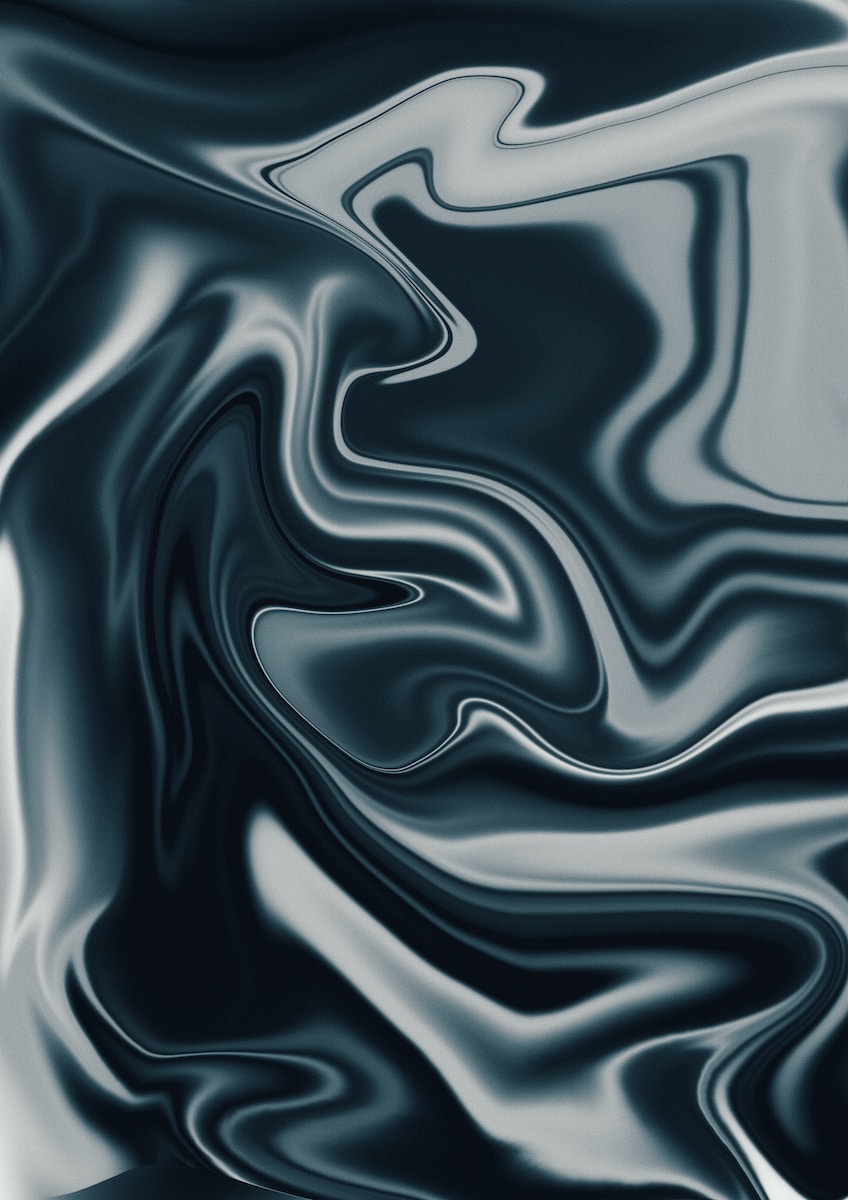
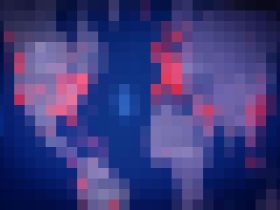
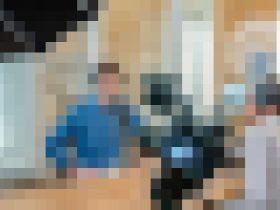


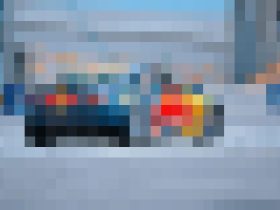

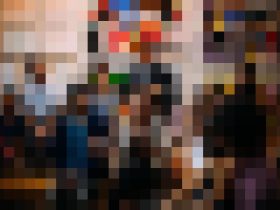



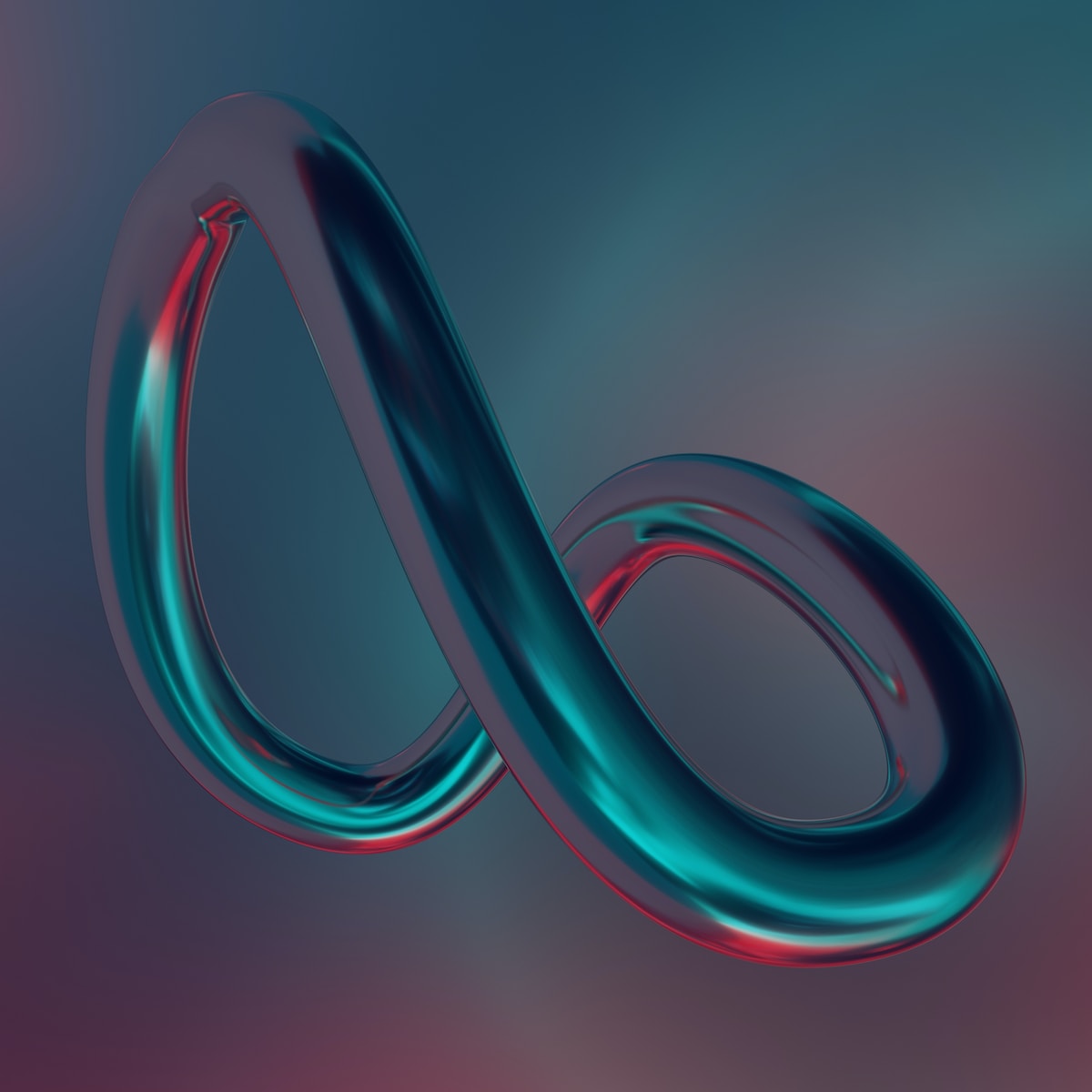
Got a Questions?
Find us on Socials or Contact us and we’ll get back to you as soon as possible.